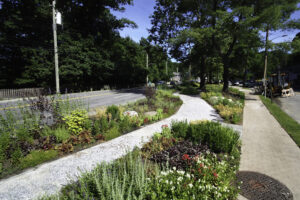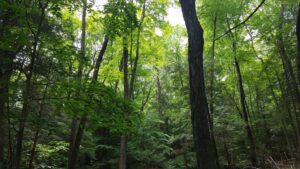
As the leaves fall and the colors change, I breathe in the crisp air of autumn along with a feeling of deep gratitude for getting to live here in this beautiful county of Westchester. I am especially thankful for so many different species that co-inhabit Westchester with us, from the tallest trees to the tiniest insects. So, here’s a big thank you to all from large to small including —
The old growth forest at Mianus River Gorge in Bedford, with some of the largest and oldest trees in the county, adding oxygen to our air and sequestering carbon for over four centuries.
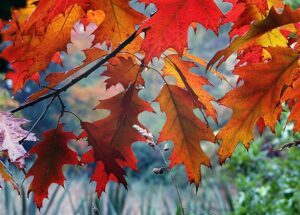
Red, white, black, scarlet, pin, swamp, willow, bur, and chestnut oaks throughout the yards, parks, preserves and green spaces throughout Westchester. The oaks are heavy hitters in terms of providing ecosystem services as they store carbon, clean the air, cool temperatures, help purify water, absorb stormwater, feed pollinators, have beautiful fall color and create biodiversity. One oak can provide habitat for hundreds of different species.
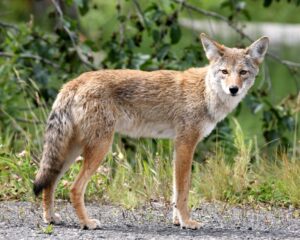
The coyote, a natural predator of small mammals and common pests (like rats and mice), helping to balance the ecosystem.
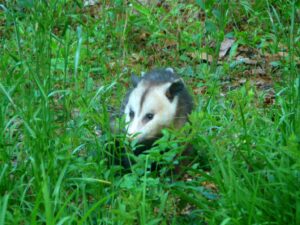
The Virginia opossum, sometimes playing dead when frightened (try your best to avoid hitting them if they are laying on the road); an unsung hero against Lyme Disease, eating an estimated 5,000 ticks in one season.
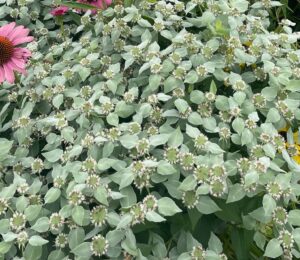
Mountain mint, my most favorite of all wildflowers here in New York; it smells delicious, outcompetes most weeds, and feeds tons of local pollinators throughout the gardens of Westchester for months on end.
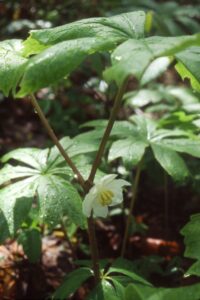
The unique white flower of the mayapple, blooming along the ground in spring, hidden underneath its leaves. The secret flower is fed upon and pollinated by the eastern box turtle and is a reminder of how diverse and interconnected nature is.
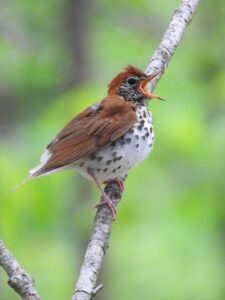
The wood thrush, which sounded like a magical flute playing as I walked through the Brinton Brook Audubon Preserve in Croton this summer, though sadly its “numbers are declining seriously in recent decades,” according to Audubon.
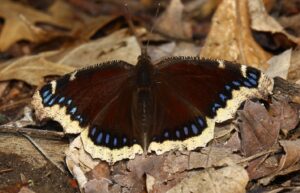
Mourning Cloak butterflies which are like fairies flying through the woods. They are one of the longest living butterflies with a life span of 10 months to a year. Try to “leave your leaves” as the butterflies will overwinter in the leaf matter.
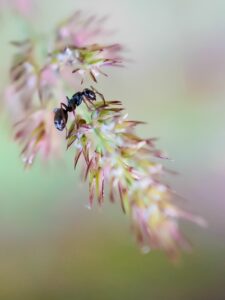
Ants, which decompose waste and aerate the soil, helping water and oxygen reach the roots of plants. They are part of, as the naturalist E.O. Wilson stated, “the little things that…run the world.”
Thank you to the nature of Westchester and thank you, dear reader. Happy Thanksgiving!
Amanda Bayley is the CEO & Co-Founder of Plan it Wild, a sustainable land management company that is bringing back native habitats to Westchester yards.





